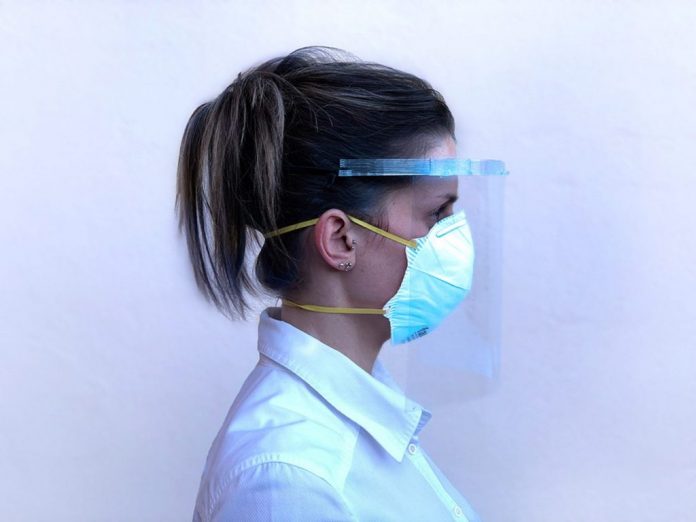
Ontario reported 412 new cases of COVID-19 on Saturday, continuing an upward trend and pushing the total number of cases in the province to more than 25,000 since the pandemic began.
Of the total number, 76.5 per cent, or 19,146, are resolved.
The new numbers are a drop after Friday’s 441 new cases, which was the most reported on a single day since May 8. However, the five-day rolling average of new cases has been trending steadily upward since May 12.
Meanwhile, the province fell short of its testing target for the sixth day in a row on Friday, processing 11,028 tests out of a 16,000 daily benchmark.
The province reported a total of 2,048 deaths as of Saturday, 62.6 per cent of which are of residents in long-term care homes.
A count by CBC News, compiled from regional public health units, puts the current toll at at least 2,113 deaths.
The data comes at the start of a warm weekend, the first after Ontario officially began the first phase of its reopening.
Testing begins for asymptomatic health-care workers
Friday was the sixth straight day that the province has failed to meet its 16,000 test target. Its capacity is 20,000 tests. The backlog of tests waiting to be processed has grown to 5,871.
New testing regulations took effect on Saturday, with asymptomatic front-line health-care workers being tested across the province. The province will also begin a second round of testing in long-term care homes, which have been hardest hit by COVID-19.
As criticism mounts about the number of tests being done in Ontario, Ford appealed to anyone with symptoms on Friday to visit a COVID-19 assessment centre.
Ford said the province plans to launch an advertising campaign aimed at raising awareness that tests are available.
Dr. Camille Lemieux, the medical director of Toronto Western Hospital’s COVID assessment centre, said she hasn’t seen much of a testing strategy from the province.
Lemieux said broad-based testing should be accessible to everyone, but that’s not what is actually happening.
The province started the pandemic with assessment centres that had very restrictive rules to get tested, which she said has led many in the public to believe that it’s still difficult to get a test.































